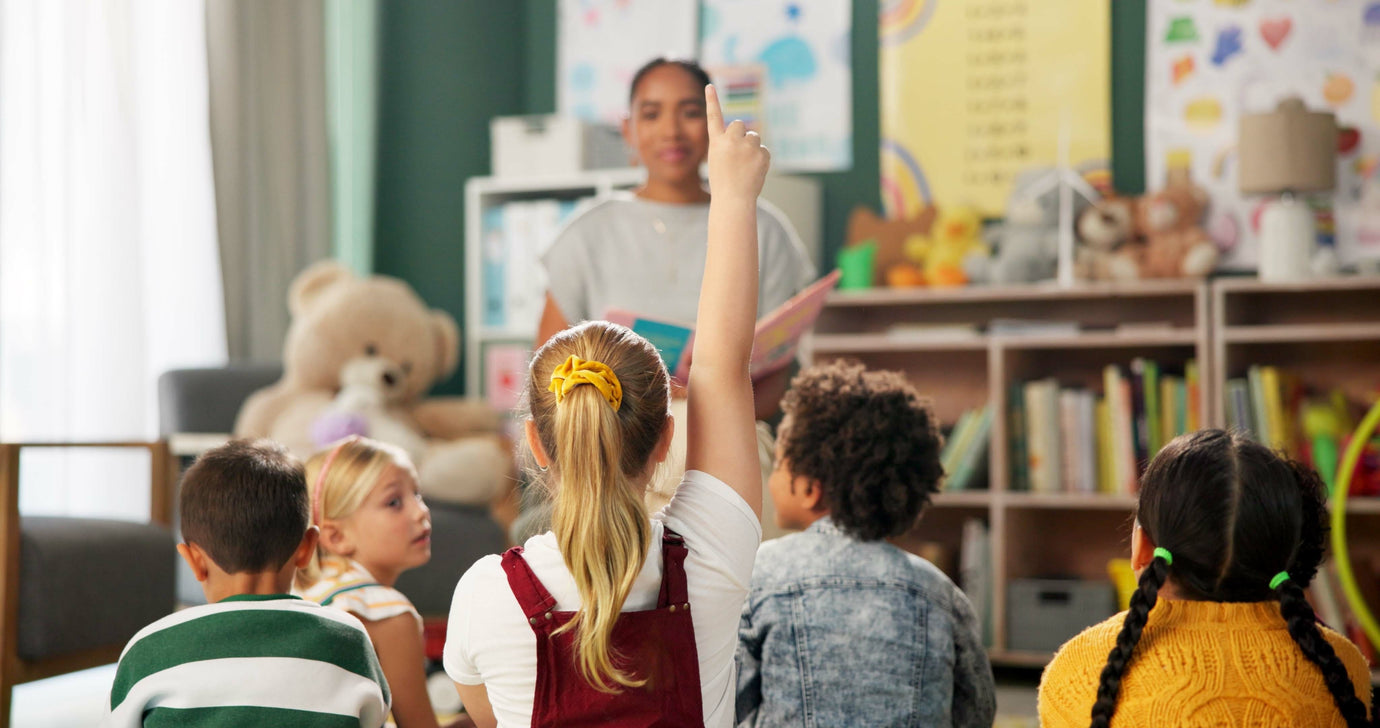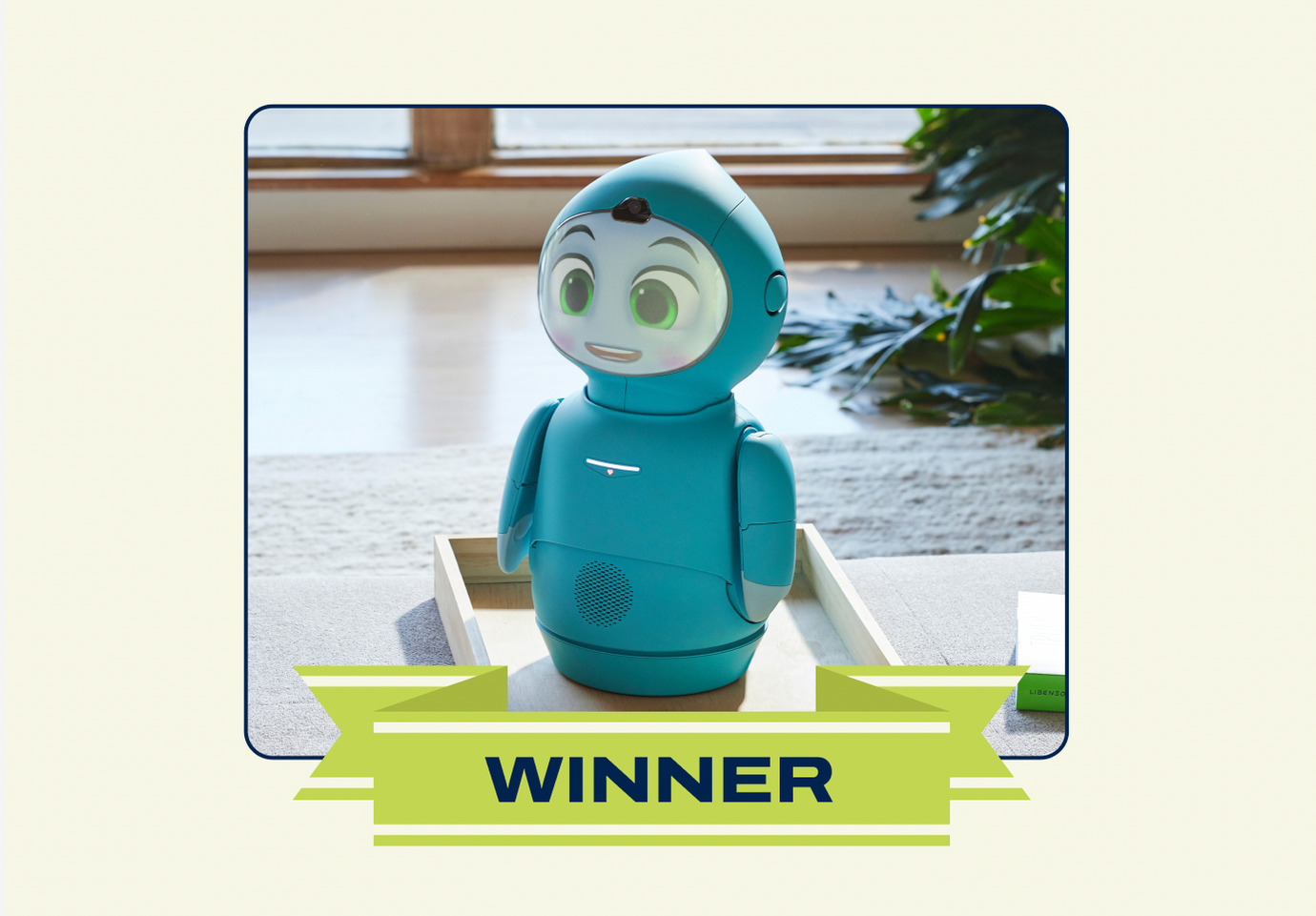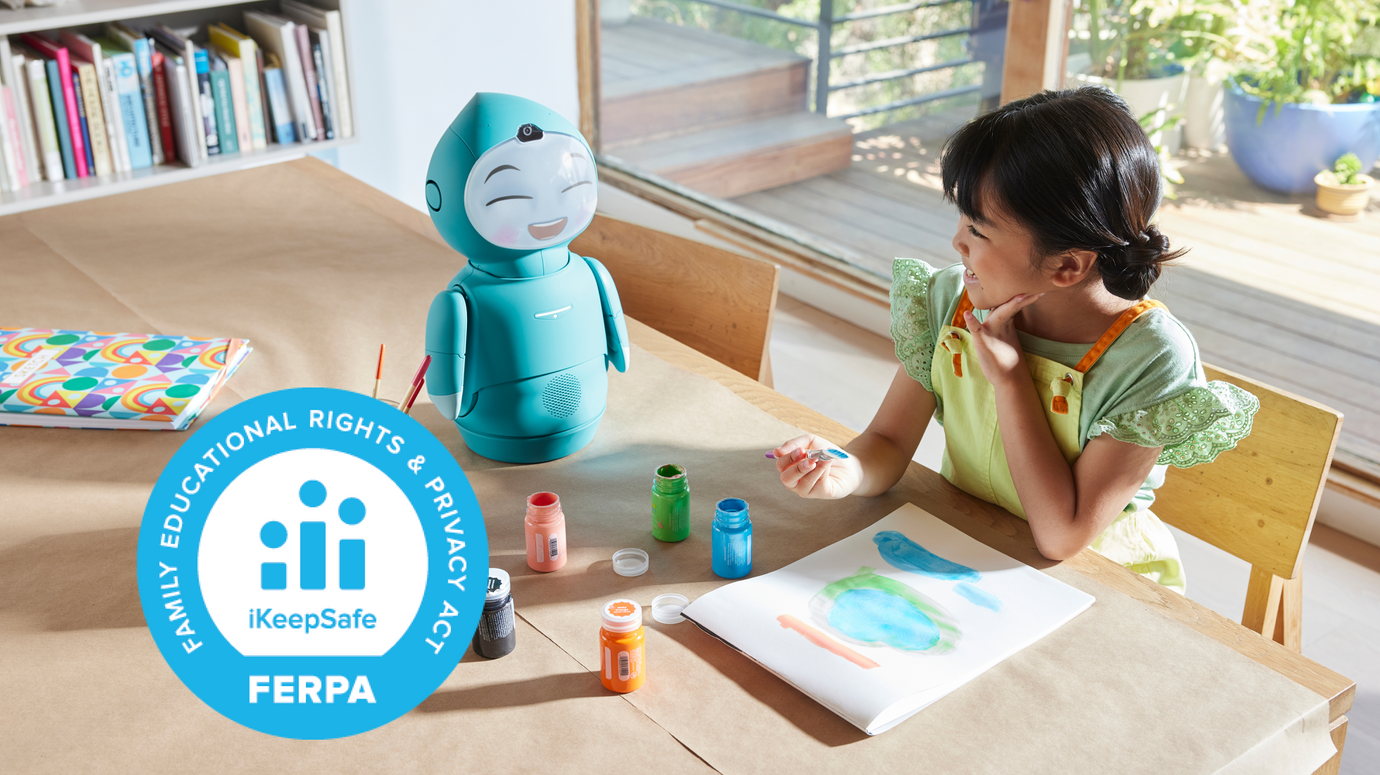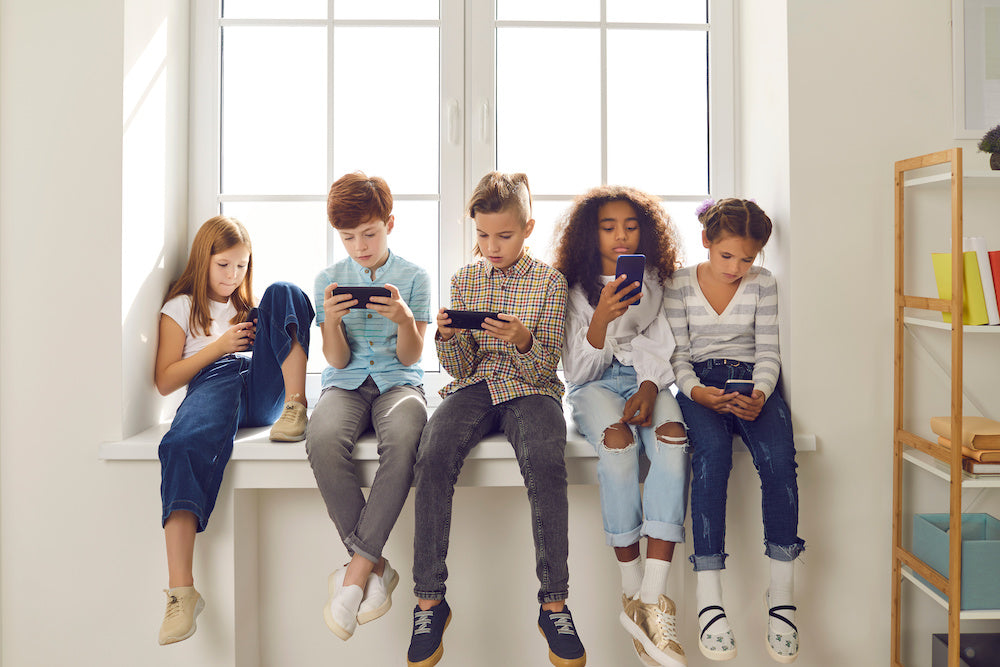Kids Learning with Robots: The New Child-Robot Interaction

Sure, robots are certainly exciting all throughout the year. But for one week in April (this year it’s April 8 - 15, 2023) they get some extra attention thanks to National Robotics Week. During this time, there’s extra special effort to inspire students, promote industry, advocate for research, educate the community, and celebrate technology in the areas of robotics and Science, Technology, Engineering, and Math (STEM). In honor of this initiative, let’s take a look back to compare some basic robot toys for kids of yesteryear to the complex robotic learning tools that are available today. The journey away from novelty toys or cuddly companions towards legitimate learning partners hasn’t exactly been linear – but it sure has been tons of fun!
The History of Good Robots for Kids
Teddy Ruxpin was all the rage in the 80’s. The cute, loveable teddy bear seemed incredibly life-like for the times. It’s hard to believe now, but here’s how it worked: kids put a cassette tape in the bear’s back and then listened to recorded stories while the bear moved its mouth and eyes, looking mildly expressive. How quaint, right? It wasn’t all that interactive, but it was great to get kids into stories – and Teddy Ruxpin was a sweet companion.
Tickle Me Elmo introduced more sophisticated hardware – no more bulky cassette tapes! – though it did surprisingly little: Squeeze Elmo and Elmo laughs. That’s pretty much it. But the craze parents went through trying to get that adorable red monster with a funny giggle was legendary. While Teddy Ruxpin tried to fill an educational space by claiming it helped kids appreciate reading, Tickle Me Elmo had no such pretensions. It simply offered kids a soft toy to hug and a good laugh. Essentially it offered companionship and joy.
Other robot toys for kids
Other “vintage” interactive toys allowed for more varied experiences, but stayed firmly in the toy category. Take Tamagotchi eggs, for example. You know you were a 90’s kid if you had a little beeping plastic egg attached to your belt loop or backpack. These little eggs relied on their owner for feeding, entertaining, training, and disciplining. (Hmmm – sound like parenthood, anyone?) Or how about the thrill of witnessing a Furby learn language. Your precious Furby pet was pre-programmed to “speak” to other Furbies and to gradually replace “Furbish” with English – which made them seem intelligent. And Talking Cabbage Patch dolls could register basic touch and movement, “recognize” other dolls, and respond with pre-programmed phrases.
Robotics in Early Childhood Education
Today’s landscape is overflowing with opportunities for kids to interact with electronic products. So what’s the next frontier? The old robotics were toys that brought kids fun and play. New robotics keep the playfulness – but also add legitimate learning, transforming them from toys into bona fide learning tools.
Developmental robotics adds a learning element to robots for kids
We know so much more now about how kids learn and develop than we ever did before. Today’s gold standards for learning emphasize hands-on project-based, or play-based, learning. These approaches are all rooted in the same underlying concept: kids belong front and center in orchestrating their own learning experiences. They should be encouraged to use their imagination and creativity to problem solve, explore, discover, create, and build. Teachers and caregivers play essential roles in helping guide kids through their learning journey. But well-designed electronic learning tools can contribute in important ways too – and that’s where social robots and robotics come in.
Rather than being static structures designed to do repetitive tasks or spit out pre-programmed output, social robots can interact and communicate with people in human-like ways. They have the potential to be invaluable assistants for busy teachers, engaging tools for kids learning remotely, opportunities to excite and engage all kids – as well as reach the ones who don’t respond to more traditional learning approaches – and so much more. More interactive and personalizable than a book, and more dynamic than an app, these kinds of robots can work side-by-side with kids to help them learn and develop specific skills such as languages, puzzle solving, multiplication tables or other math-based content, puzzle solving, scientific concepts, or nutrition.
Educational Robot Toys for Kids
Add to that, a 21st century education isn’t complete without developing social emotional skills as well. According to CASEL – the premier promoter of social emotional learning (SEL) – social emotional skills are “the process[es] through which all young people and adults acquire and apply the knowledge, skills, and attitudes to develop healthy identities, manage emotions and achieve personal and collective goals, feel and show empathy for others, establish and maintain supportive relationships, and make responsible and caring decisions” and they are “an integral part of education and human development.” Sure, teachers, caregivers, and peers will always be front-line essential partners in helping kids develop and hone their social emotional skills. But the world of tech has already made attempts to boost SEL learning with web-based teaching tools and kids’ educational apps. Social robots have the potential to go the extra mile beyond what people or screen-based tech have the resources, time, and capability to offer.
Finally, robotics can and should go both ways. That is, robots can be tools to teach kids, but kids can also learn valuable things by learning about robotics itself. Topics that fall under the umbrella of science, technology, engineering, arts, and mathematics (aka, STEAM), are rightfully receiving a lot of attention these days. More than an educational fad, these are the skills that promise to prepare kids for the challenges and needs of the future.
The Child-Robot Interaction
The old robotics-based toys are great for the occasional trip down nostalgia lane. But in all likelihood, the robotics-based toy you coveted as a kid was nothing compared to the educational potential in robotics-based products today. Those of us who marveled at a teddy bear that seemed to read us stories may never have dreamed of the possibilities for fun and learning that robotics would bring our own kids – and yet here we are with so much potential, ready to take off. What are your kids’ robot dreams? What else can we build to make the world a better place?







